London’s Most Eccentric Museum Restores the Catacombs Beneath It
The public can now visit the Catacombs of the Sir John Soane's Museum as he intended them to be experienced.
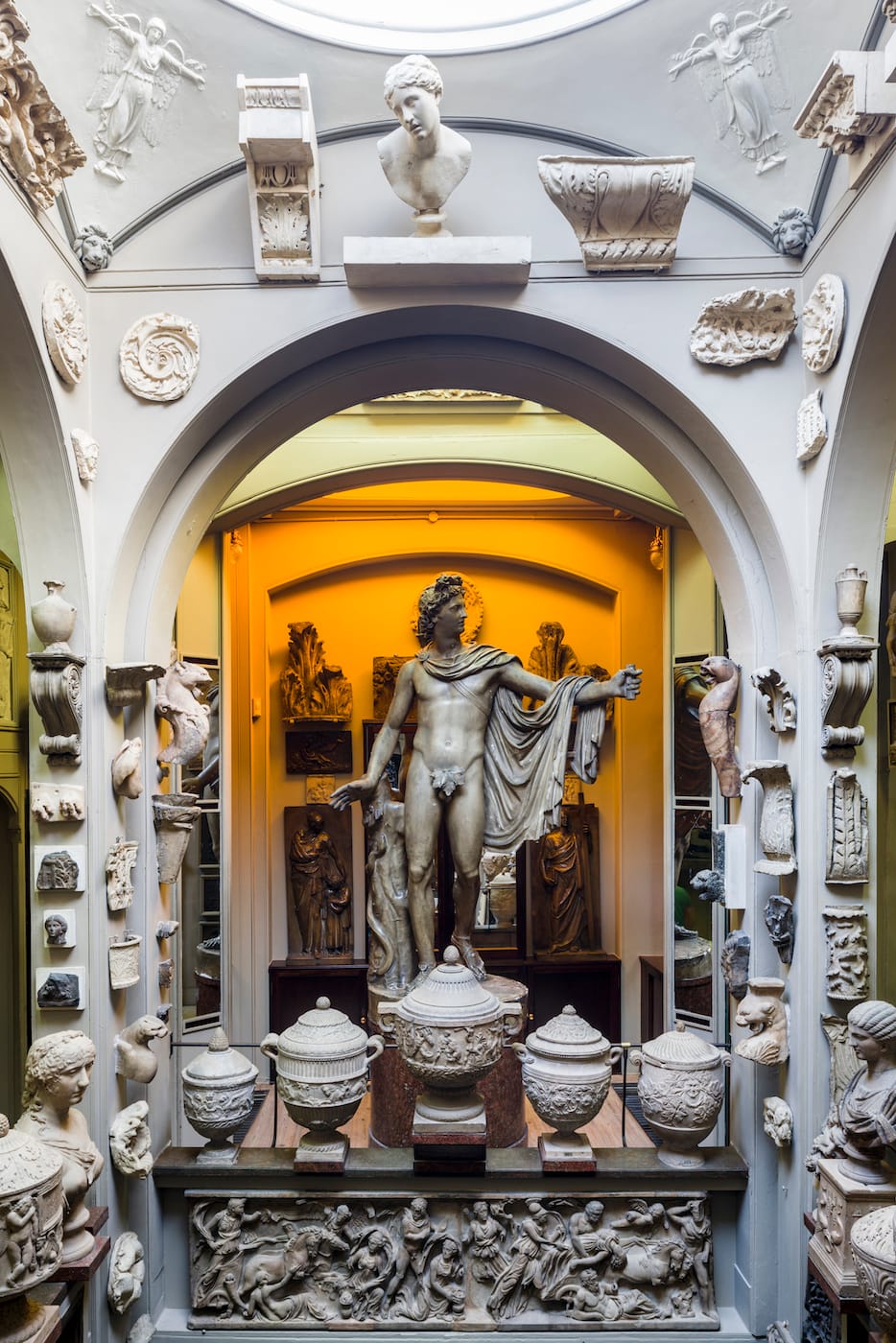
The neoclassical architect Sir Johne Soane had a macabre sensibility. While he was respected in 18th and 19th-century British society for his stately buildings like the Bank of England and Dulwich Picture Gallery, his 1816 design for his late wife Eliza’s tomb has the greatest 21st-century legacy through its influence on the iconic London red telephone box. Yet his greatest masterpiece was his home that he intended to be a posthumous museum, where the relics of fallen empires like Greece, Rome, and Egypt mingle with English paintings, seeming to hint at some inevitable imperial collapse.
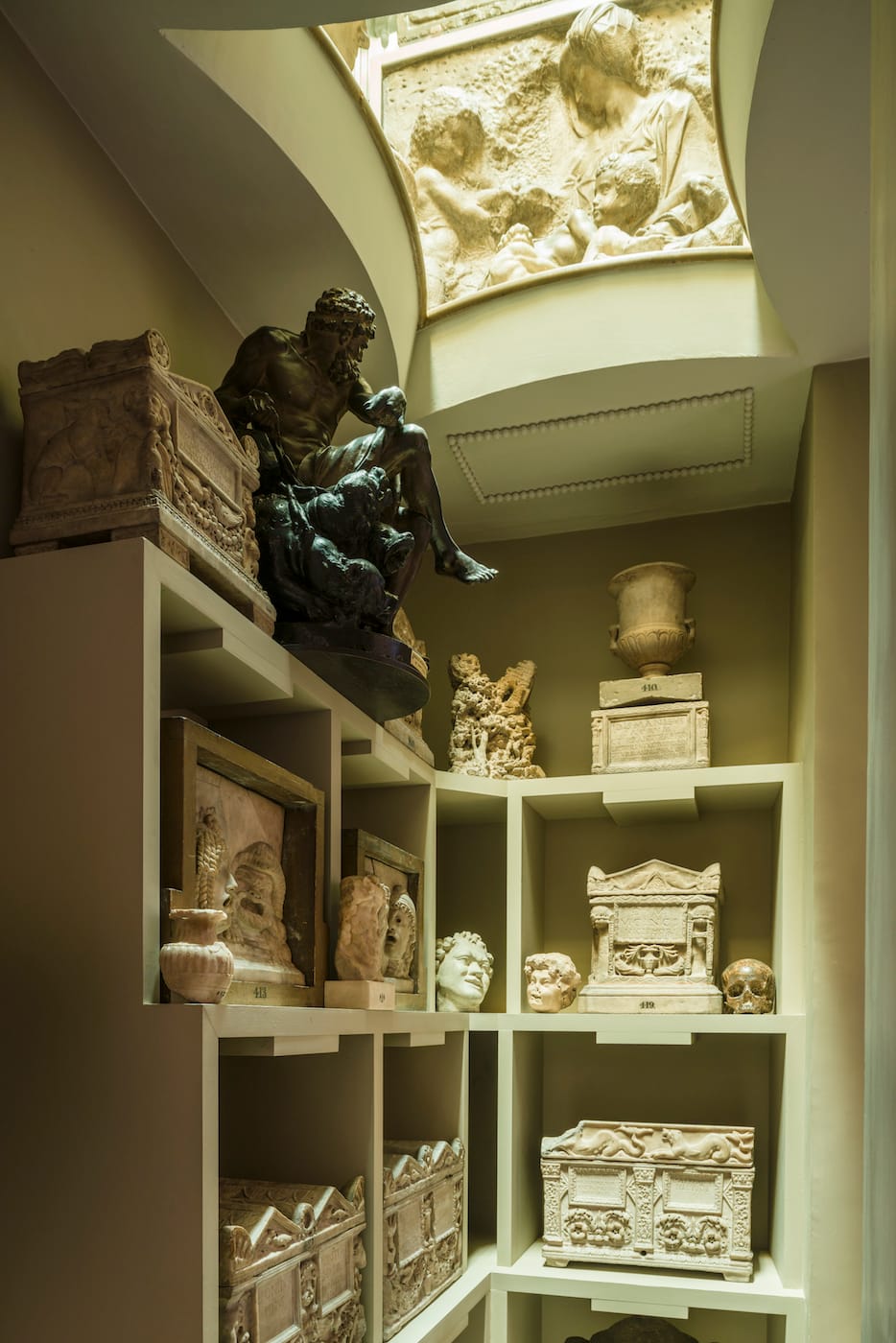
As of September 13, the public can now visit the Catacombs of the Sir John Soane’s Museum as he intended them to be experienced. The subterranean space filled with Roman cinerary urns is opened alongside other “lost spaces” including the Lobby which now holds 100 objects, the Apollo Recess with its full-size replica of the Apollo Belvedere, the Foyle Space for rotating exhibitions, and the Regency-era Kitchens. All were restored or recreated as part of the final phase of the seven-year Opening up the Soane (OUTS) project, supported by the Heritage Lottery Fund and donors, which returned 365 objects to public display that hadn’t been on view since Soane’s lifetime. The initiative makes the already chaotic museum with its frenzy of antiquities and art even more labyrinthine.
“The reason for restoring the Catacombs and the Lobby to the Breakfast Room is to comply with Soane’s wishes — enshrined by Private Act of Parliament — that the museum should remain unchanged from the time of his death,” John Bridges, curatorial assistant at Sir John Soane’s Museum, told Hyperallergic. “Unfortunately these spaces were largely dismantled in the latter part of the 19th century, but the inventories, description, and drawings give all the information needed to return these spaces back to their appearance in 1837.”

Bridges shared the 1835 “Description” publication that gives a thorough tour of the museum. In it, Soane describes the Catacombs as a room “filled with a variety of rare and beautiful Cinerary Urns and Vases.” It connected to the “Sepulchral Chamber” presided over by Soane’s prized Egyptian sarcophagus of Seti I. He boasts that at “no inconsiderable expense and difficulty, this unique monument was transported from Egypt to England and placed in the British Museum.” However, in 1824, the “idea of purchasing it for our National Collection was relinquished, when it was offered to me at the same price, which offer I readily accepted, and shortly after had the please of seeing this splendid relic of Egyptian magnificence safely deposited in a conspicuous part of my Museum.” Soane was so thrilled with this prized tomb that he threw a three-day party illuminated by oil lamps and the luminaries of London society.

“Soane had a fascination for tombs and burial chambers, he would have seen the catacombs in Rome as a student,” Bridges explained. “The Catacombs he built at the museum were an ideal way of displaying part of his collection of Roman cinerary urns. It also shows his mastery of manipulating light as it is dramatically lit through a star-shaped opening in the floor of the Lobby to the Breakfast Room above, a space also returned to its original appearance as part of Phase 3 of OUTS.”
The museum feels unstuck in time, where the turmoil of objects leaves an impression of a mosaic of antiquities and art rather than any singular work. Among them, presides a bust of Soane himself, placed by his direction two weeks before he died. All of the newly opened spaces are part of public visits, which remain, as they always have, free of admission, and immersed in Soane’s strange world.
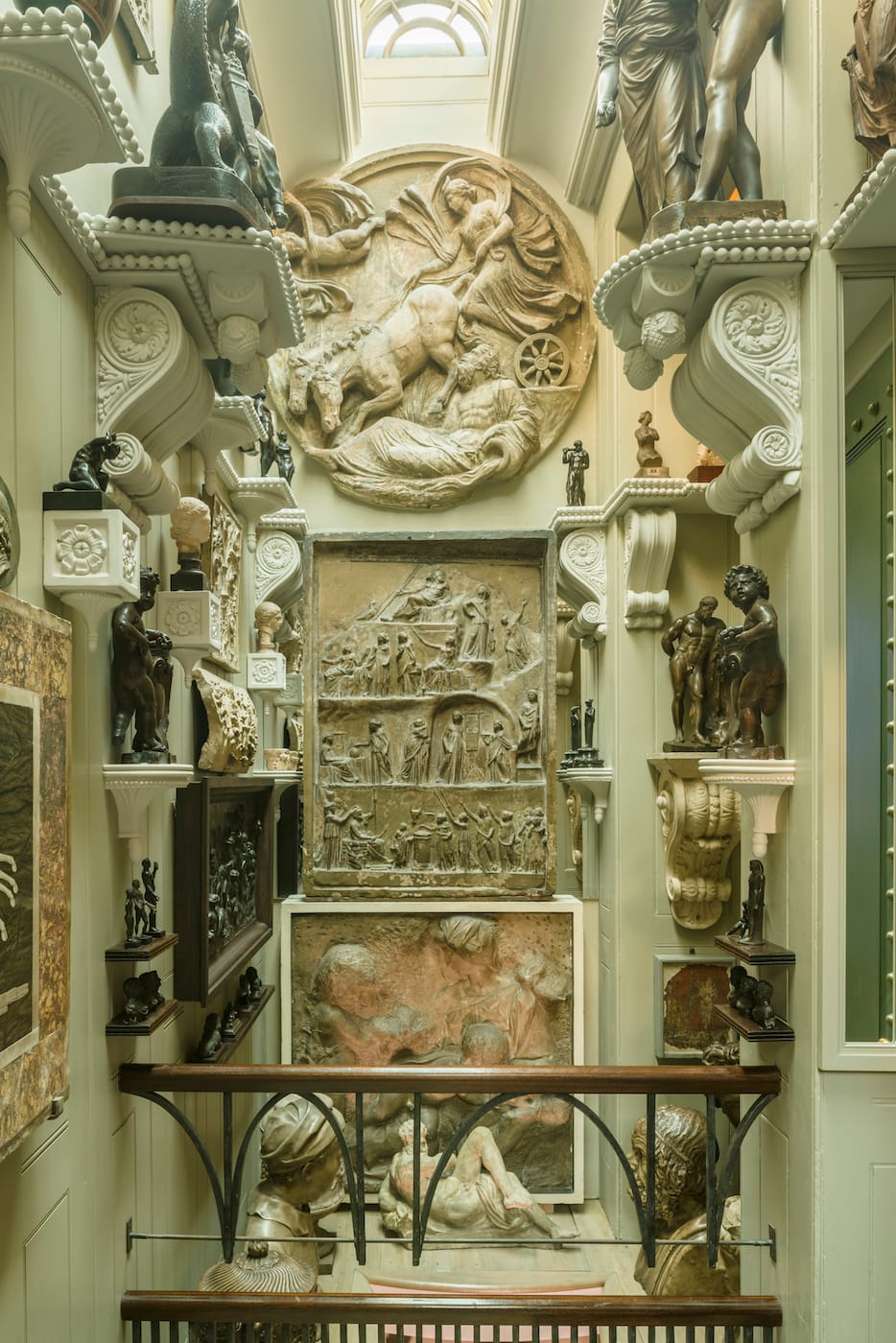
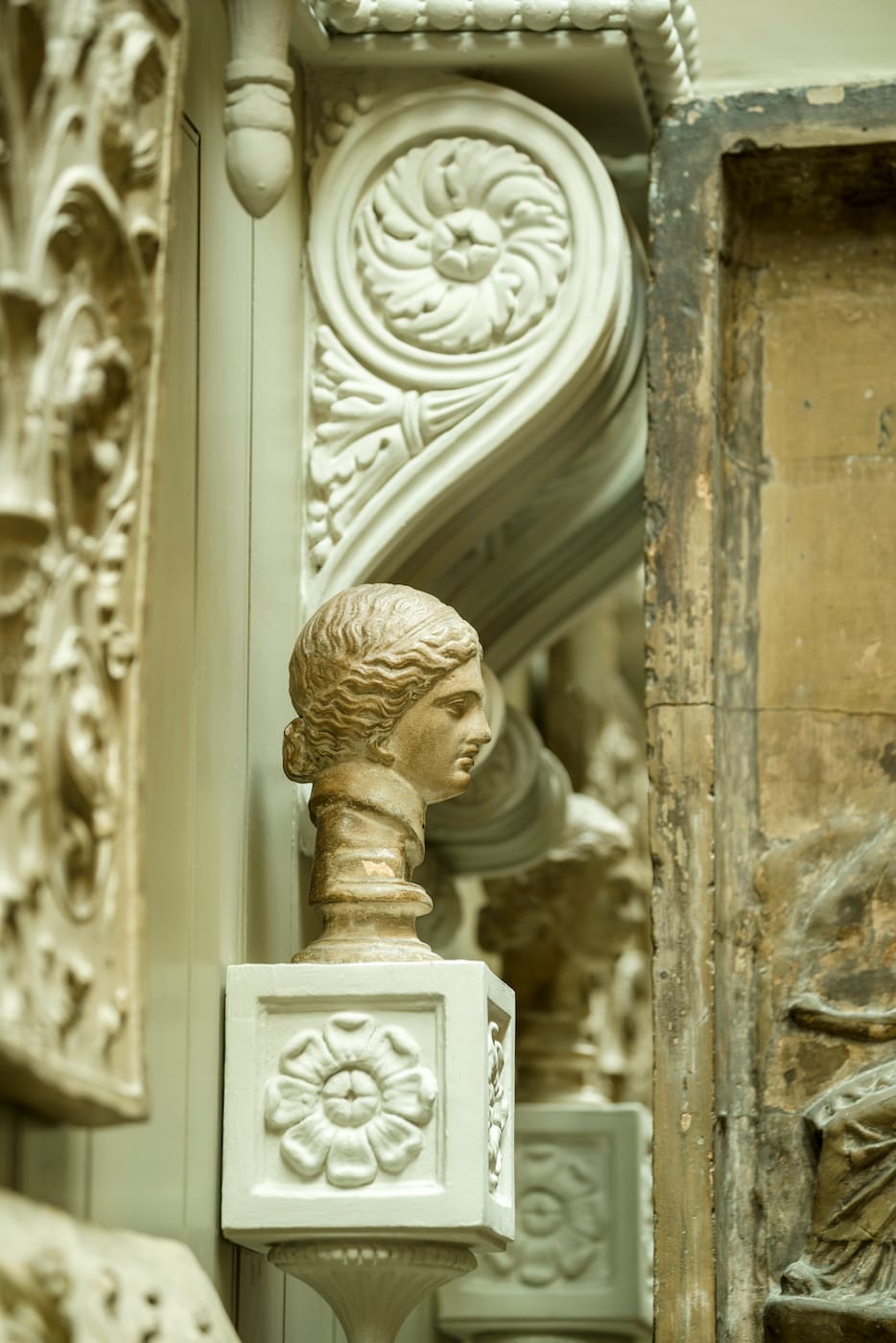
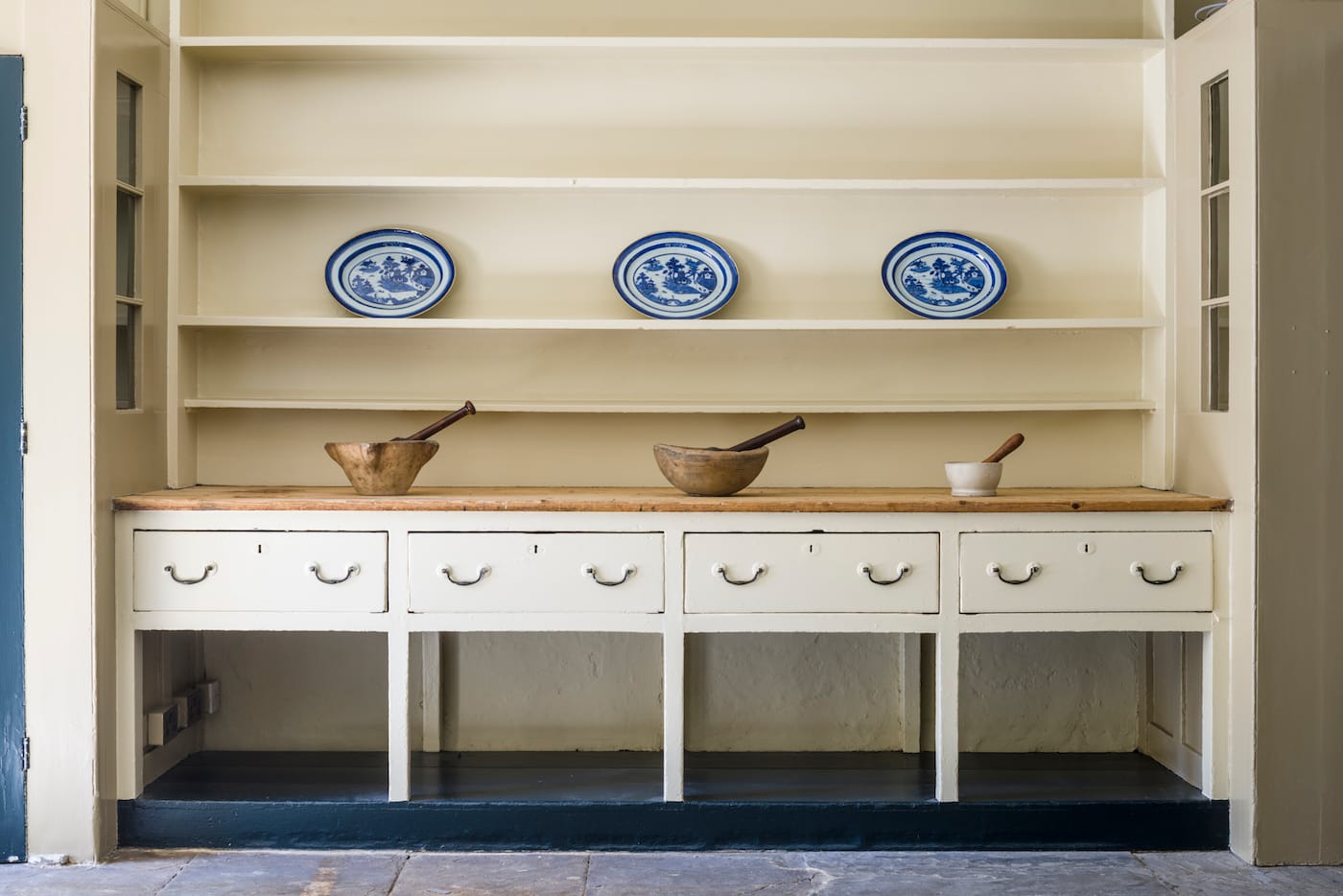

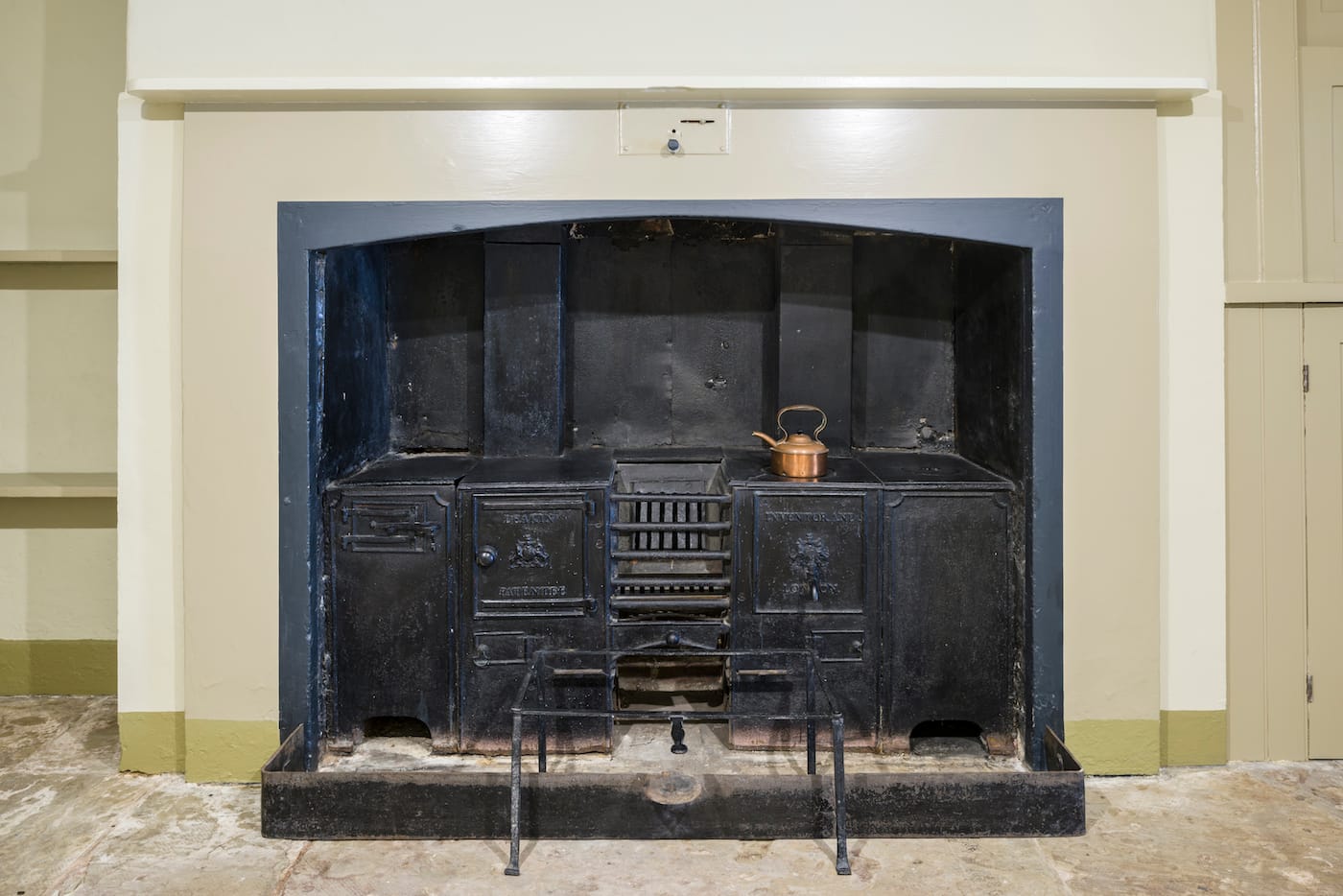
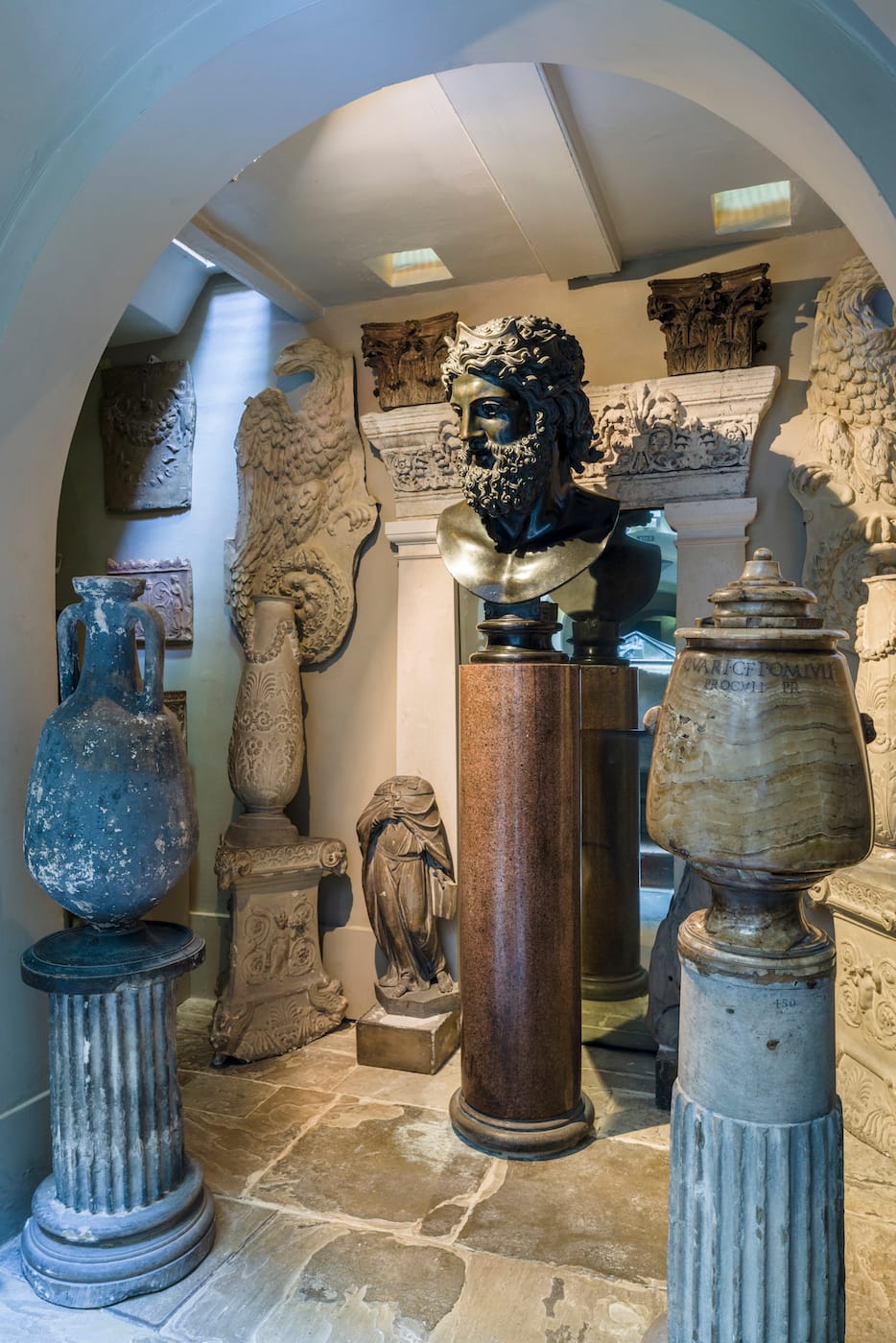
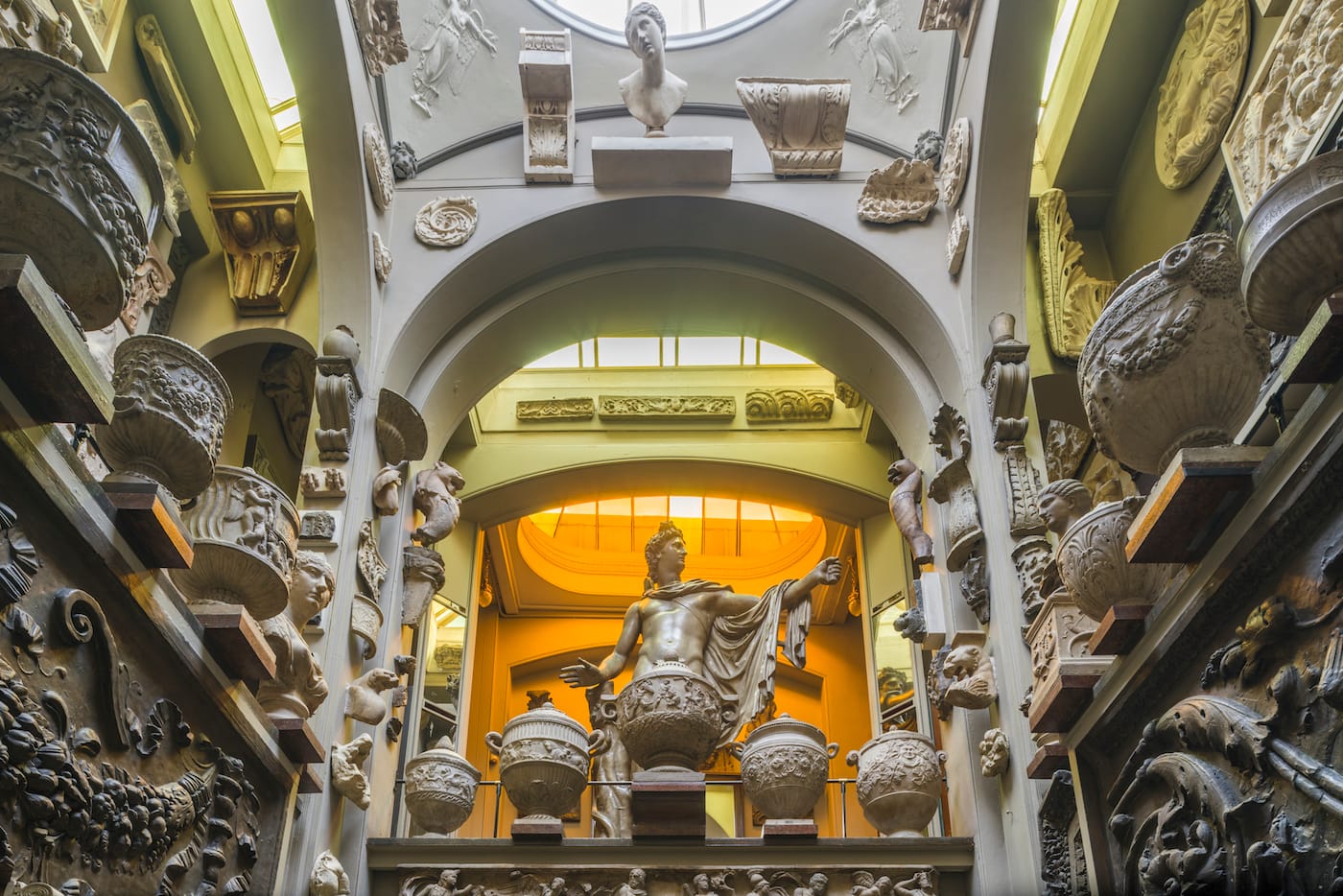
The new spaces, including the Catacombs, are now on view at the Sir John Soane’s Museum (13 Lincoln’s Inn Fields, London).





